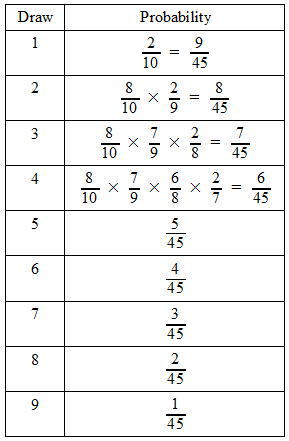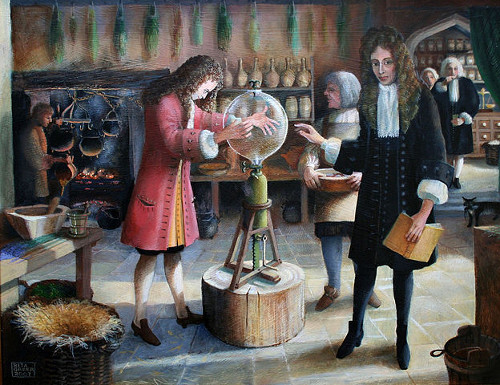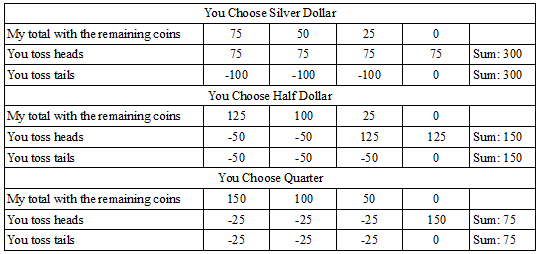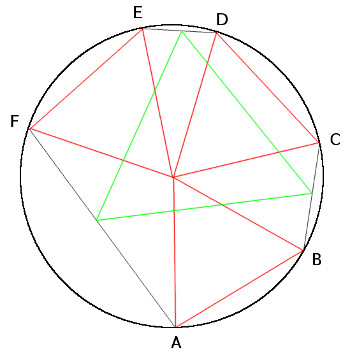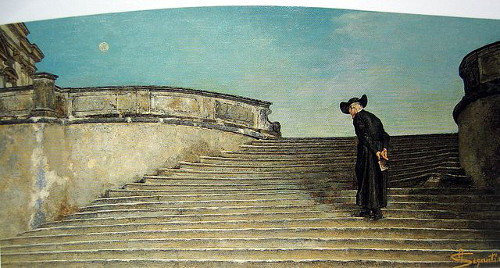
Amateur magician Oscar Weigle invented this surprising effect in 1949. Assemble a deck of 20 playing cards, 10 red and 10 black, in strictly alternating colors. Hold this deck under a table. Now turn over the top two cards as one, place them on top, and cut the deck. Repeat this procedure as many times as you like — turn two, cut, turn two, cut. When you’ve finished, the deck will contain an unknown number of reversed cards, distributed randomly.
Now, still holding the deck under the table, shift the top card to the bottom, then turn over the next card and place it on the table. Do this repeatedly — shift a card to the bottom, then reverse the next card and put it on the table — continuing until you’ve put 10 cards on the table. Surprisingly, these cards are sorted by color — the face-up cards are of one color, and the face-down ones are of the other.
You’re still holding 10 cards under the table. Divide these into two stacks and weave them together under the table randomly. Do this as many times as you like — divide the 10 cards into two groups and merge them together however you like, so long as no card is turned upside down. Turn over the packet and shuffle it in the same way a few more times. Give it a final cut if you like.
Now deal these cards out as before: Shift the top card to the bottom, reverse the next card and put it on the table. Like the first group, this one will sort itself by color, with one color face up and the other face down.

